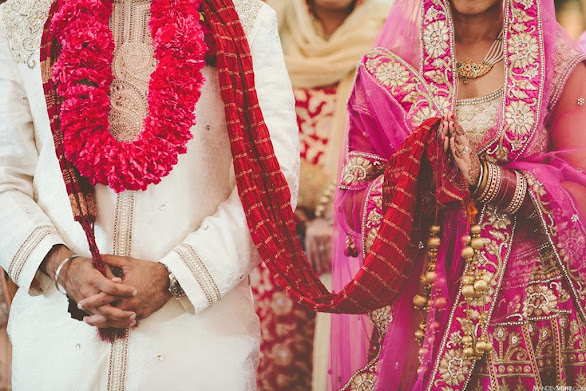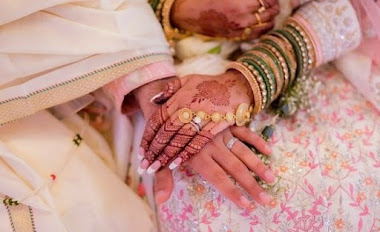The importance of wedding traditions in Gursikh Marriage
The importance of wedding traditions in Gursikh marriages is deeply rooted in the richness of Sikh culture, spirituality, and community values. Gursikh marriages, which refer to weddings conducted according to Sikh principles and beliefs, hold a special significance within the Sikh community, as they not only celebrate the union of two individuals but also reinforce the whole identity and principles that Sikhs hold dear.
One of the central pillars of Gursikh marriages is the Anand Karaj ceremony, which translates to "Blissful Union." This sacred ceremony takes place in a Gurdwara, a Sikh place of worship, and is a holy witness to the union of two souls in the presence of the Guru Granth Sahib, the holy scripture of Sikhism. The ceremony is a beautiful blend of spiritual, cultural, and communal elements, symbolizing the divine bond between two individuals while reminding them of their responsibilities as partners within the Sikh way of life. The Guru Granth Sahib's presence during the ceremony serves as a guiding light, emphasizing the importance of spirituality and ethical conduct in the couple's journey together.
Within the framework of Gursikh weddings, various traditions and rituals play a vital role in emphasizing the sanctity of marriage and nurturing a sense of unity among the community members. The act of 'Ardas,' a prayer seeking blessings from the Guru, signifies the communal aspect of the wedding, where the congregation prays for the couple's harmonious life journey. Additionally, the 'Laavan,' a series of four hymns sung during the Anand Karaj, encapsulates the stages of a marital relationship and highlights its spiritual underpinnings. Each Laav signifies a different stage of spiritual growth and partnership, from embracing humility and selflessness to attaining a profound connection with the divine.
Furthermore, Gursikh wedding traditions extend beyond the ceremony itself and encompass various pre-wedding and post-wedding rituals that hold immense significance in strengthening family bonds and communal ties. The 'Milni' ceremony, for instance, symbolizes the union of two families as they greet and embrace one another, promoting unity and acceptance. This act not only acknowledges the newlyweds' commitment but also reaffirms the larger community's role in supporting and upholding their union. The 'Langar,' a communal meal served in the Gurdwara, further exemplifies the egalitarian values of Sikhism, emphasizing the importance of humility, service, and sharing in the celebration.
The continuity of these traditions within Gursikh marriages serves as a bridge between generations, allowing the younger members of the community to connect with their cultural and spiritual heritage. By participating in and observing these rituals, individuals are reminded of the profound principles of Sikhism, such as equality, selflessness, and devotion to the divine. These traditions impart important life lessons that extend far beyond the wedding day, guiding couples through the challenges and joys of married life.
Moreover, Gursikh wedding traditions also reflect the Sikh community's commitment to social equality and inclusivity. The practice of 'Anand Karaj' itself, wherein the couple walks around the Guru Granth Sahib as equals, symbolizes the absence of a hierarchy based on caste, creed, or social status. This egalitarian approach challenges societal norms and exemplifies Sikhism's emphasis on the inherent worth of every individual. In a world often marked by divisions, these traditions serve as a beacon of unity and tolerance, reminding all that love and shared values are the foundations of a strong marriage and community.
All these traditions are not mere rituals but pathways to spiritual growth, unity, and social equality. Through the Anand Karaj ceremony, the Laav hymns, the Ardas, and other rituals, Gursikh weddings embody the spiritual essence of Sikhism while celebrating the bond between two souls. These traditions create lasting connections between families and communities, ensuring the transfer of cultural and spiritual wisdom to future generations. By upholding these traditions, Gursikh marriages remain a powerful example of core Sikh values in an ever-changing world, showcasing the beauty of blending love, spirituality, and community.




Comments
Post a Comment